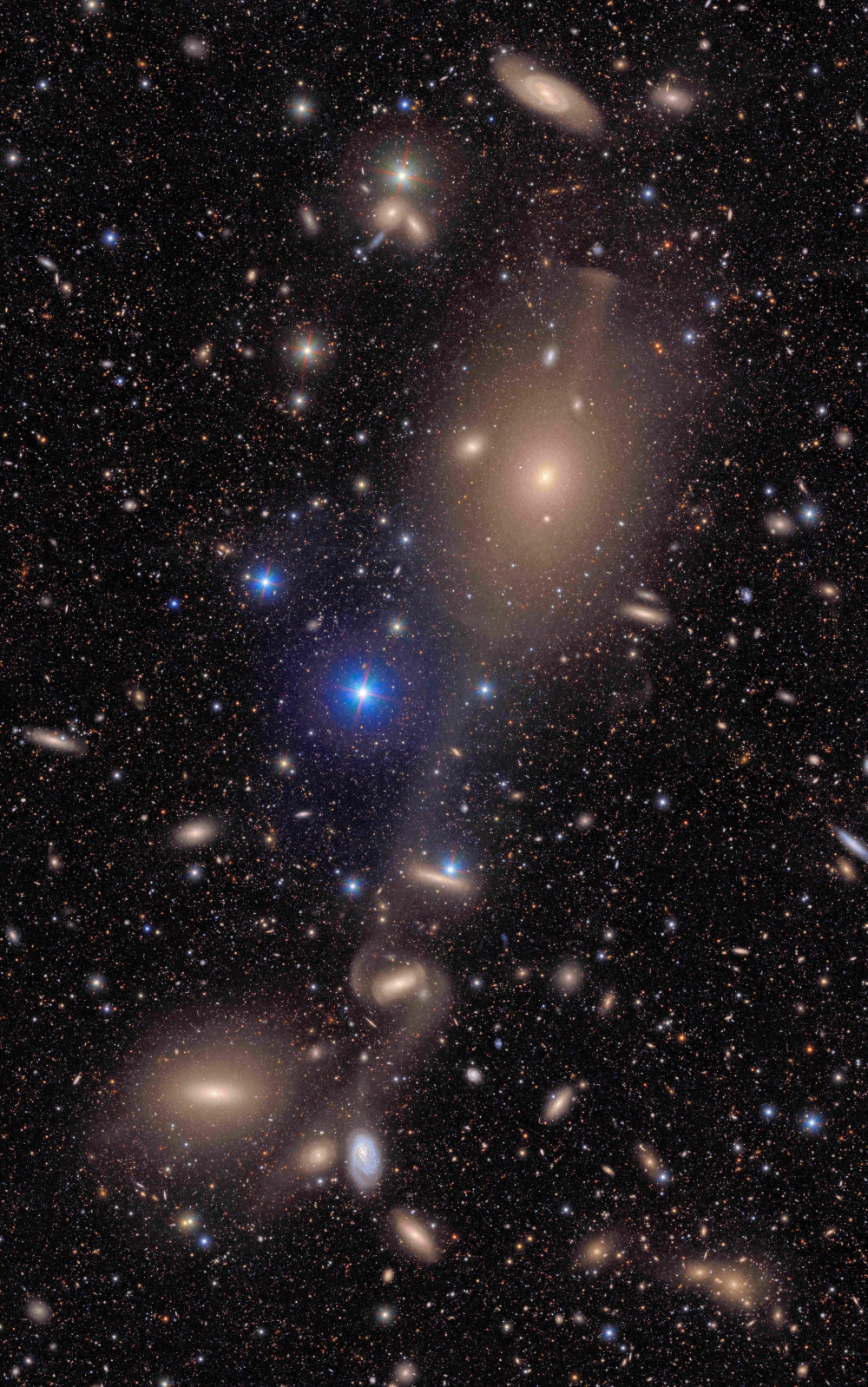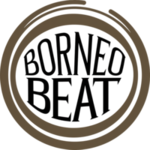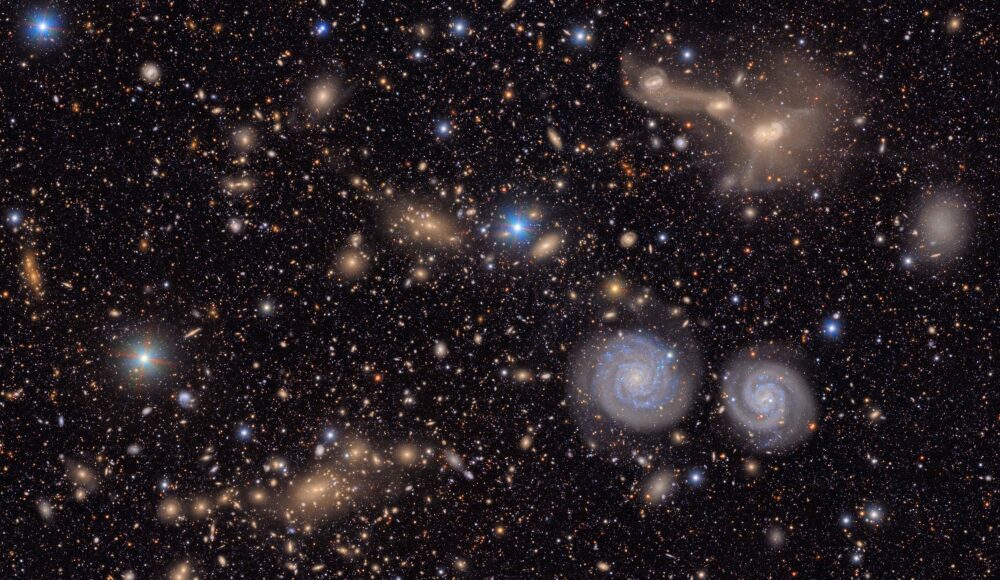WASHINGTON, June 23 — The team behind the long-awaited Vera Rubin Observatory in Chile published their first images today, revealing breathtaking views of star-forming regions as well as distant galaxies.
More than two decades in the making, the giant US-funded telescope sits perched at the summit of Cerro Pachon in central Chile, where dark skies and dry air provide ideal conditions for observing the cosmos.
One of the debut images is a composite of 678 exposures taken over just seven hours, capturing the Trifid Nebula and the Lagoon Nebula — both several thousand light-years from Earth — glowing in vivid pinks against orange-red backdrops.
This undated handout image released by NSF-DOE on June 20, 2025 shows a combination of 678 separate images taken by NSF-DOE Vera C. Rubin Observatory in just over seven hours of observing time. Combining many images in this way clearly reveals otherwise faint or invisible details, such as the clouds of gas and dust that comprise the Trifid nebula (top right) and the Lagoon nebula, which are several thousand light-years away from Earth. — NSF-DOE Vera C. Rubin Observatory handout/AFP pic
The image reveals these stellar nurseries within our Milky Way in unprecedented detail, with previously faint or invisible features now clearly visible.
Another image offers a sweeping view of the Virgo Cluster of galaxies.
The team also released a video dubbed the “cosmic treasure chest,” which begins with a close-up of two galaxies before zooming out to reveal approximately 10 million more.
“The Rubin Observatory is an investment in our future, which will lay down a cornerstone of knowledge today on which our children will proudly build tomorrow,” said Michael Kratsios, director of the White House Office of Science and Technology Policy.
Equipped with an advanced 8.4-meter telescope and the largest digital camera ever built, the Rubin Observatory is supported by a powerful data-processing system.
Later this year, it will begin its flagship project, the Legacy Survey of Space and Time (LSST). Over the next decade, it will scan the night sky nightly, capturing even the subtlest visible changes with unmatched precision.
The observatory is named after pioneering American astronomer Vera C. Rubin, whose research provided the first conclusive evidence for the existence of dark matter — a mysterious substance that does not emit light but exerts gravitational influence on galaxies.
Dark energy refers to the equally mysterious and immensely powerful force believed to be driving the accelerating expansion of the universe. Together, dark matter and dark energy are thought to make up 95 per cent of the cosmos, yet their true nature remains unknown.

This undated handout image released by NSF-DOE on June 20, 2025 shows a small section of NSF-DOE Vera C. Rubin Observatory’s total view of the Virgo cluster. Bright stars in the Milky Way galaxy shine in the foreground, and many distant galaxies are in the background taken by the Vera C. Rubin Observatory. The team behind the long-awaited Vera Rubin Observatory in Chile published their first images on June 23, 2025, revealing breathtaking views of star-forming regions as well as distant galaxies. — NSF-DOE Vera C. Rubin Observatory handout/AFP pic
The observatory, a joint initiative of the US National Science Foundation and Department of Energy, has also been hailed as one of the most powerful tools ever built for tracking asteroids.
In just 10 hours of observations, the Rubin Observatory discovered 2,104 previously undetected asteroids in our solar system, including seven near-Earth objects — all of which pose no threat.
For comparison, all other ground- and space-based observatories combined discover about 20,000 new asteroids per year.
Rubin is also set to be the most effective observatory at spotting interstellar objects passing through the solar system.
More images from the observatory are expected to be released later Monday morning. — AFP





